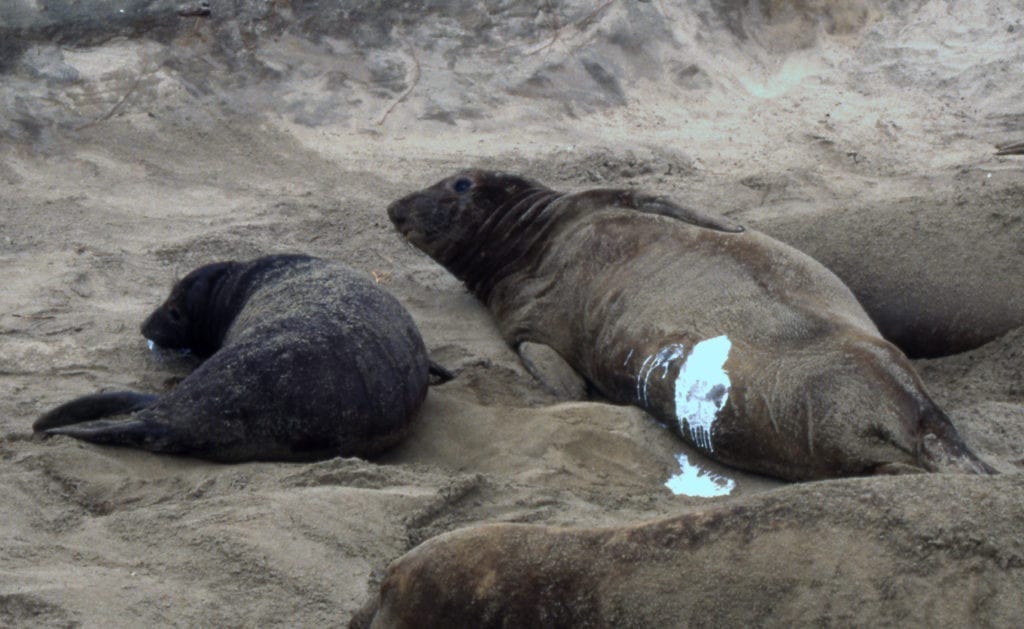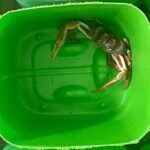In a new 52-year study, researchers have found that elephant seal “supermoms”, which comprised 6% of the female population, were responsible for producing over half of the population. Furthermore, three-quarters of elephant seal weaned pups died before reaching maturity. This long-term study highlights the high variance in reproductive success between individual elephant seals and the significant contribution of elephant seal supermoms.
“There aren’t many of them, but they have a tremendous influence on the next generation,” said Burney Le Boeuf, an ecology professor at the University of California Santa Cruz and lead author of the paper.
The study, published in the Canadian Journal of Zoology, aimed to determine the overall lifetime reproductive success of elephant seal females—a difficult undertaking as this type of research requires tracking many individual seals over a long period of time.
“Not surprisingly, studies of this kind are rare,” said Le Boeuf. This study is also the first of its kind to mark and track elephant seals throughout their entire lives.
The researchers began tagging seals at the Año Nuevo rookery in central California in 1963 and continued until 2018, studying two generations of elephant seals in which 7735 females were individually tagged.
Elephant seals, native to coastlines of California and Mexico, give birth annually to a single pup in the winter. After four weeks the pups are weaned and undergo a perilous journey at sea—the naive pup is a novice at swimming and foraging and falls prey to white sharks, orca whales, and starvation. The study found that 75% of females weaned do not survive to reproduce.





